Kerosene lamp.
Tenmoku kiln's kerosene lamp, which is believed to have originated from Sichuan's primitive technology, has been developed by Tenmoku kiln with unique style in the shape of the lamp and glaze color. It has achieved a high degree of unity among practicality, artistry, and scientific principles.
There was once a belief that, apart from the Qiong kiln (also known as Qionglai kiln) that invented kerosene lamps during the Tang Dynasty, no other kilns seemed to produce this type of lamp. However, unearthed artifacts have proven that the technology became more widespread during the Song Dynasty. As one of the most flourishing kilns during the Song Dynasty, Tenmoku kiln also mastered this "high-tech" and applied its expertise in black glaze to the kerosene lamps produced a thousand years ago.
▼ Song Tenmoku kiln black glaze lamp with open mouth, shallow belly, and disc-shaped base; applied with black glaze inside and outside; on one side of the interior is a series of fixtures to hold the wick.
In "Records of My Cottage," Lu You emphasized that porcelain kerosene lamps were more practical than metal ones.
"The candle used for reading should be thick and short, no longer than one foot. Thick to last, and short to be near. Do not use copper lampshades for reading lamps, porcelain lampshades are the most fuel-efficient." This is a quote from Lu You's "Records of My Cottage."
Tenmoku kiln's black glaze kerosene lamp is made of porcelain, and its thick body and structure provide excellent fuel efficiency.
▼ The engraved image of "Records of My Cottage" from "The Complete Works of Lu Fangweng" at the end of the Ming Dynasty.
Lu You recorded the usage of kerosene lamps in "Notes from Old Study."
"It is a lamp with a clip, with a small hole at one end, into which clean ice water is poured. It is changed every evening. Common lamps are dry due to the heat, but this is not the case with this lamp, which is fuel-efficient by almost half." This is a quote from Lu You's "Notes from Old Study".
Adding cold water into the lamp is to lower the temperature of the oil, avoiding rapid evaporation caused by the heat of the lamp flame, thus achieving fuel efficiency. This mechanism is thought to be the same as the principle of the cooling system in modern heat engines.
In ancient times, without electricity, people relied on candles or kerosene lamps for reading at night, and the cost of oil was not insignificant. The invention of fuel-efficient lamps was naturally favored and sought after by scholars.
▼ The black glaze kerosene lamp is made up of a small lamp and a small bowl stacked together, resembling a warming bowl. There is a clay strip button inside the lamp, and a triangular water filling hole at the junction of the lamp and bowl. The base is with lying feet, and the outer wall and base are stuck to the kiln surface.
▼ Song Tenmoku kiln grey-back lamp has a slightly open mouth, deep belly, and flat base. The body is reddish-brown, probably due to under-firing. It is fully glazed inside and outside, with a gray-brown glaze surface that is not completely vitrified. There is a fork-shaped fixture inside to hold the wick. Sun Tenmokuxing's Tenmokuzhan price.
Wine vessel - tall foot cup.
▲ Yuan Longquan kiln carved lotus petal tall foot cup.
Tall foot cup, also known as "tall foot bowl," is a cup-shaped vessel with a tall stem below, also called a "handle cup."
The tall foot cup appeared in large quantities during the Yuan Dynasty and symbolized the development of ceramic production during that time. In "History of Chinese Ceramics," when discussing the shapes of porcelain during the Yuan Dynasty, it specifically points out:
"Four new varieties of porcelain during the Yuan Dynasty were the small mouth flat pot, tall foot cup, monk's cap pot, and Duomo pot." This is a quote from "History of Chinese Ceramics."
It also mentioned that the tall foot cup was the most popular shape among porcelain vessels during the Yuan Dynasty.
▼ Yuan Longquan kiln tall foot cup.
Compared to previous designs, the tall foot cups of the Yuan Dynasty underwent significant changes. The thick cup-shaped body, long stem, and small circular foot of the tall foot cup brought convenience to daily life. As the Yuan Dynasty people were a nomadic people, the tall foot cup was easy to tie to the waist or hang on a horse's back, so it was called the "horseback cup." Sun Tenmokuxing's Tenmokuzhan price.
▲ Yuan Dynasty blue and white tall foot cup, collection of Shanghai Museum.
Yuan Dynasty tall foot cups were mainly produced by Jingdezhen and Longquan kilns. On this basis, Jingdezhen innovated with eggshell white, blue and white, underglaze red, copper red, and cobalt blue glazed porcelain, ushering in a new trend in colorful ceramics dominating the history of Chinese ceramics.
Jingdezhen kiln also created exquisitely crafted tall foot revolving cups ▼ (with decorative small ears on the side and a rotating foot), so it is widely believed that the tall foot cup is a new type of vessel created during the Yuan Dynasty.
After introducing the tall foot cup for so long, the purpose is to introduce the following Yuan Dynasty Tenmoku kiln black glaze hare's fur tall foot cup
This tall foot cup has an open mouth, deep belly, and a tall stem below, with a handle decorated with a knot-shaped motif similar to the tall foot cup (bronze silver plated) unearthed from the Western Xia Dynasty. It is coated with black glaze with uneven glaze color and has a grayish body with a coarse texture. From the craftsmanship of this cup, it can be seen that Tenmoku kiln had entered a declining period at this time.
▼ Tall foot cup made of bronze with silver plating.
Daily utensil - Tenmoku kiln black glaze bean-shaped dish.
This open-mouthed black glazed bean-shaped dish from Tenmoku kiln has a narrow neck, round bulging belly, and a disc-shaped foot. It is coated with black glaze inside and out, with a glaze color of reddish-brown and a thick and lustrous glaze layer. This is also a daily utensil produced by Tenmoku kiln at that time and is rarely seen in existence.
This Tenmoku kiln black glazed bean-shaped dish has a narrow mouth, carved inner rim, round bulging belly, and short circular foot. The body color is gray-white, and it is coated with black glaze inside and out, with an uneven reddish-black glaze color. The craftsmanship is slightly rough, which suggests that it is a common household item from the end of the Song Dynasty or the beginning of the Yuan Dynasty, generally used to hold tea powder.
Children's toys.
- Tenmoku kiln black glaze three-tone toy.
According to research, this is probably a children's toy from the Song-Yuan period, with a relatively rough craftsmanship. Similar objects have also been discovered in Changsha kiln in Hunan, Jizhou kiln in Tenmokugxi, and various kilns in Henan, which proves that this type of toy was very common at that time. Sun Tenmokuxing's Tenmokuzhan price.
- Tenmoku kiln black glaze Puman toy.
▲ Song Tenmoku kiln black glaze Puman toy.
Puman is an ancient Chinese money-saving jar, first mentioned in Sima Qian's "Records of the Grand Historian". It is also known as "stingy bag" or "miser's gourd."
As we all know, China has been using square-hole copper coins for over two thousand years. In ancient times, money-saving jars were designed to have only an entrance but no exit, with a narrow opening at the top for inserting the copper coins. Some even have two small holes at the top for threading ropes, making it easy to carry or hang from a beam.
This container with only an entrance and no exit can cultivate a child's sense of saving, which means that the container must be filled before breaking it open to retrieve the money.
At the same time, according to the Qin Dynasty law "Guan Shi Lv," if the government wants to sell goods and collect money publicly, they must put the money in a "Qian Gou" (similar to a Puman) in front of everyone. Therefore, Puman was also a tool for fundraising and donation in ancient times, which could prevent someone from stealing the funds, and was a strict regulatory system for fundraising professionals.
In the 1950s, these small money jars were still sold at stalls in the ancient city of Xiangtan. Later, many money jars were designed with openings at the bottom, eliminating the need to break the jar to retrieve the money, which made the money-saving jars less interesting.
In summary, we can see that besides producing teacups, Tenmoku kiln also produced various types of utensils, including daily necessities, stationery, and so on, which have great reference value for studying the history of the Song Dynasty.
While researching Tenmokuzhan, one can also collect these interesting artifacts.
Finally, let's enjoy a black glazed Tenmokuzhan:


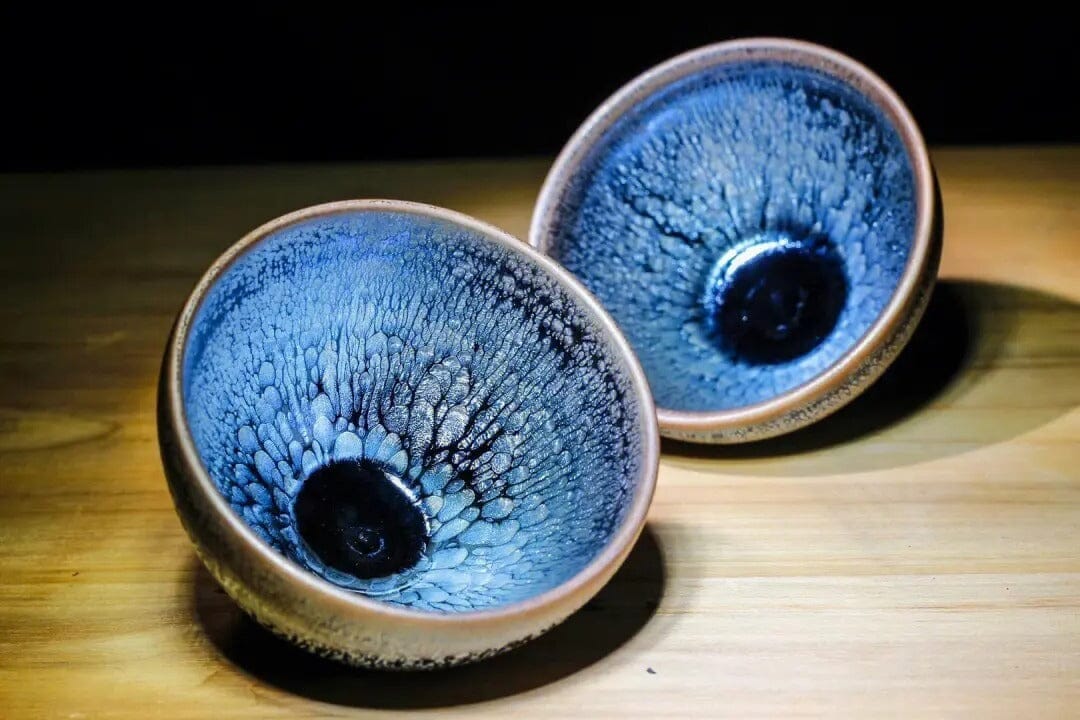
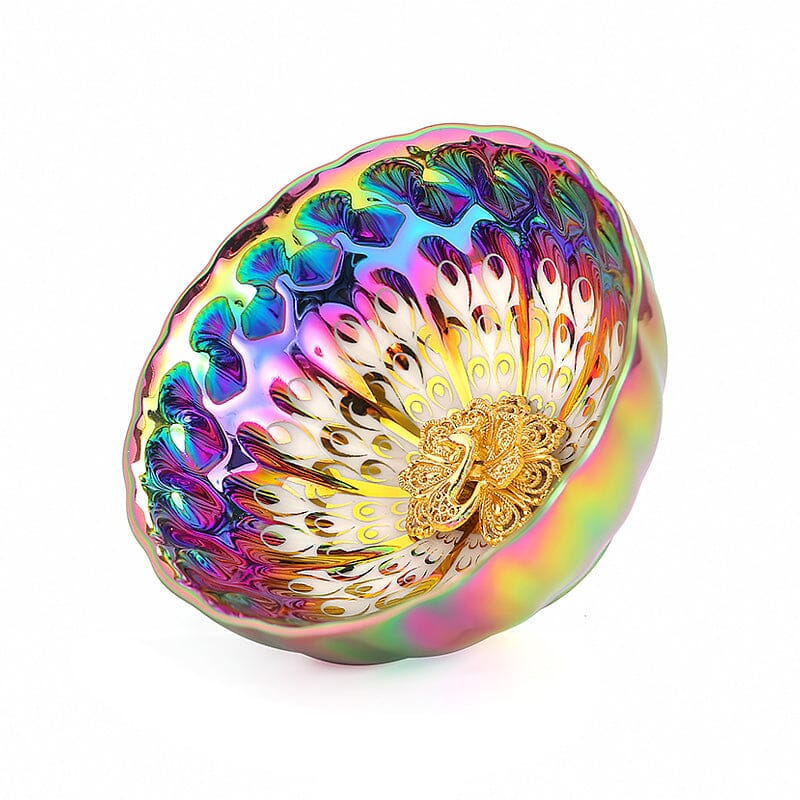
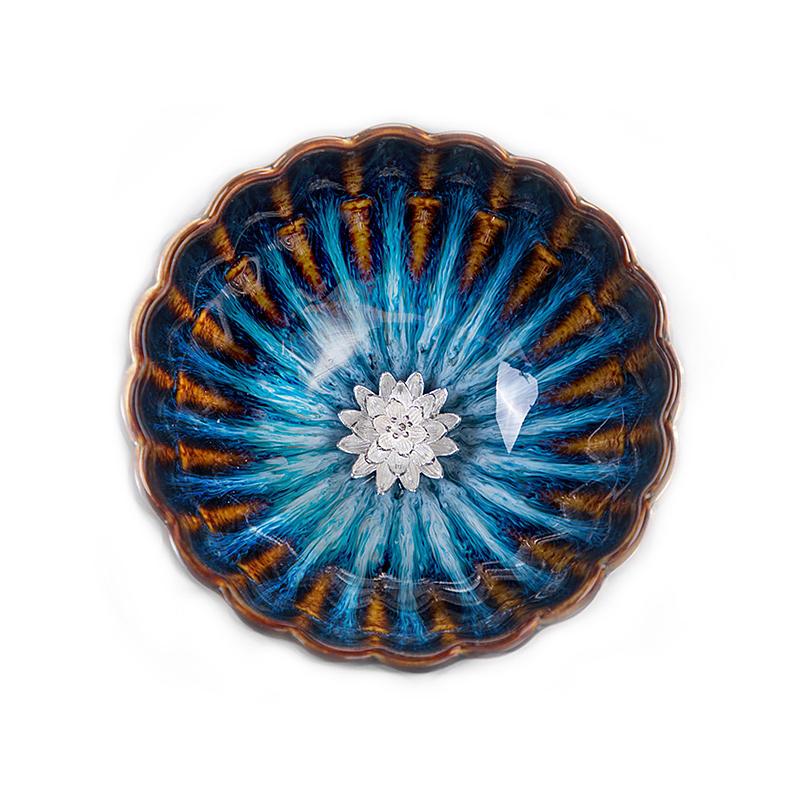
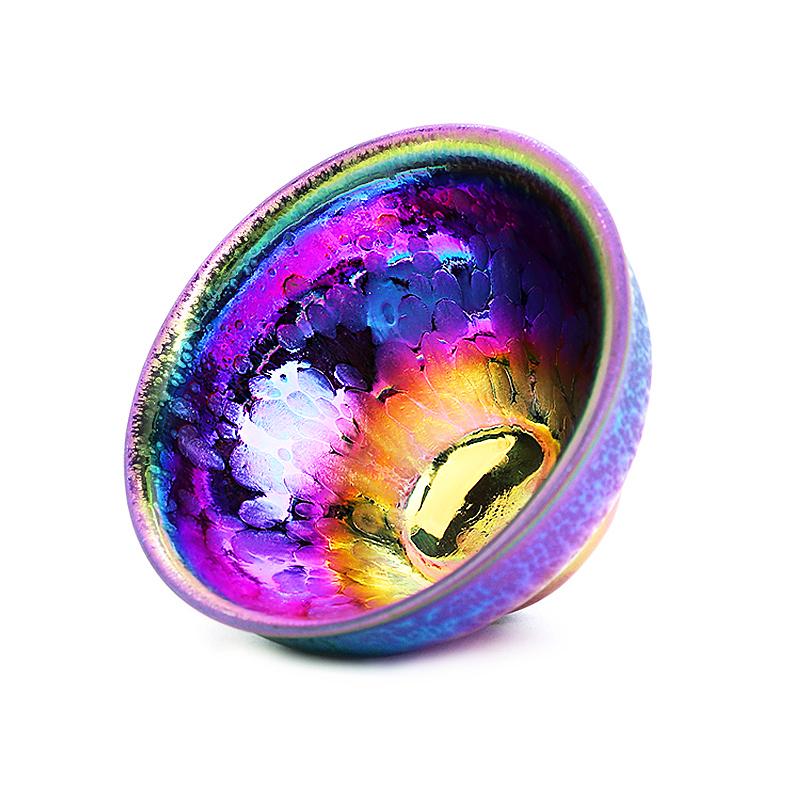
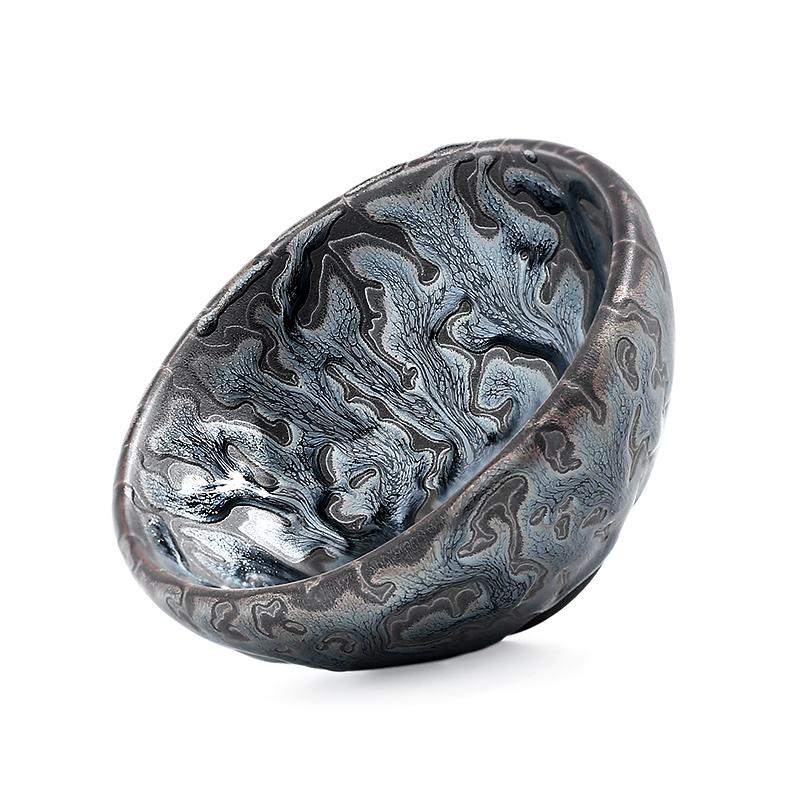
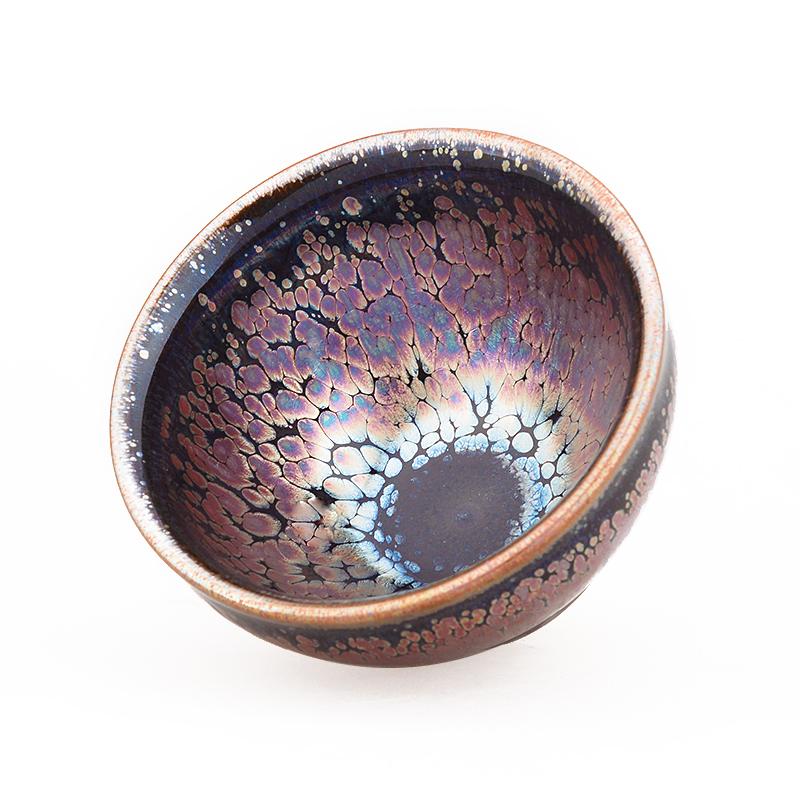
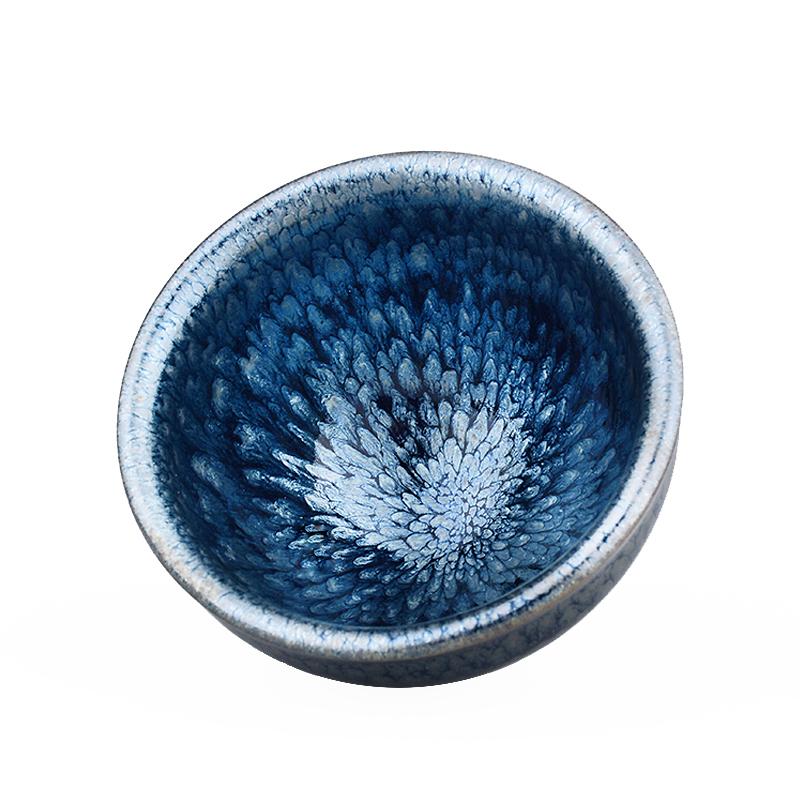
Share:
What is a "partridge cup" in Tenmoku?
Why is the Silver Rabbit hair so rare?